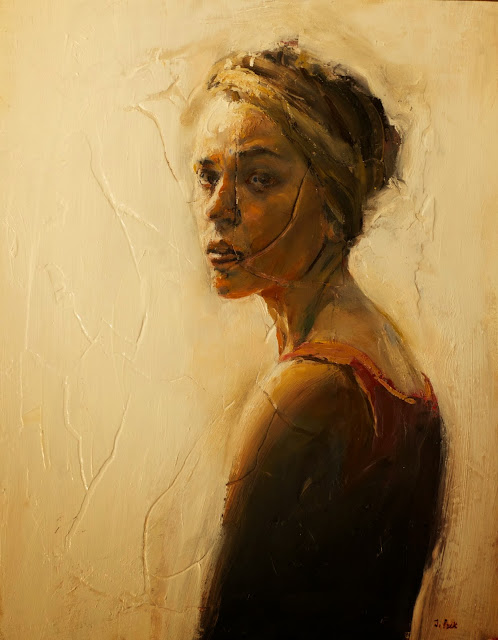Was the question that NotionsCapital.com's Mike Licht asked me...
Read all about it here... Cough, cough...
Read all about it here... Cough, cough...
Since 2003... the 11th highest ranked art blog on the planet! And with over SEVEN million visitors, F. Lennox Campello's art news, information, gallery openings, commentary, criticism, happenings, opportunities, and everything associated with the global visual arts scene with a special focus on the Greater Washington, DC area.
Generating income from art in the form of either cash or cash equivalents is always challenging, especially for artists with unconventional ideas or for those who create art that may not be commercially viable. The good news is that the art world is one place where anyone who shows talent and promise, marketable or otherwise, can get help in a variety of ways including cash grants, residencies, employment or internships, allowances, free or low-cost studio space, art supplies, exhibition space, and so on. Receiving these types of assistance is not easy; application processes can be rigorous and competition is often intense. So in the interest of giving you a bit of an edge in situations where you're contending for a bequest, here's a brief tutorial on procedural matters.Read more here...
 |
| Judith Peck, Lenny Campello and Mera Rubell at (e)merge 2013 |
The Ballston Business Improvement District (Ballston BID), in Arlington, Virginia, seeks to commission multiple temporary public art installations that explore the interaction of art, science and technology in public space. The projects would be presented as an ongoing series in Spring 2014. We are primarily seeking responses from artists and innovators living or working in the Mid-Atlantic area.
The Ballston BID seeks to commission up to nine projects, for which it would provide stipends ranging from $2,000 to $12,000. The Ballston BID is seeking a mix of projects, in regard to their duration, media, location and budget; however, all projects must be located in or viewable from key streets and public spaces in the Ballston core. Questions will be accepted through September 30, and responses are due on October 7, 2013, 4 p.m. EDT. Responses will be evaluated by a committee of curators, arts administrators and artists familiar with this field.
 |
| Booth A-14 |
 |
| Rooms 215-216 |
I go to a lot of art openings and typically don't hang around all that long at any one place. I look at the art and, when possible, have a few words with the artist, after which it's on to the next show. I recently had a chance encounter with an artist whose opening I had been to several nights before. We exchanged pleasantries, and I mentioned how much I enjoyed the show. The artist thanked me and, as we were about to part, asked somewhat cryptically, "Did you look at the art?" with emphasis on the word "look." Without thinking, I answered, "Of course," but then felt a curious twinge of guilt as I walked off wondering, well... did I really look at it? Yes I did, but the artist's implication seemed to be that perhaps I didn't look at it long enough. Hmmm.Read the entire fascinating piece here.
So I got to thinking-- what does it mean to "look at the art," and even more to the point, what does it mean to look at it enough? And even more importantly, what does it mean to look at art enough to become so excited about it that you decide to buy it? Enough according to whom? Who decides when enough is enough? And how does looking at art progress to buying that art? In particular, what does this "act of looking" mean from the artist's perspective as distinguished from that of the viewer (potential buyer)?
 |
| Dialogue Oil and Plaster on board 18 x14 inches 2013 Judith Peck Will be in Room 215 at the (e)merge art fair next week |
 |
| Transitory Window Oil and Plaster on board 14 x11 inches 2013 Judith Peck Will be in Room 215 at the (e)merge art fair next week |
 |
| Moby Dick: Queequeg's Fast. Oil on Panel by Tim Vermeulen |
 |
| Moving On. Ceramic on Textured Panel by Jodi Walsh |
 |
| Pulse. Acrylic and mixed media on canvas by Anne Marchand |